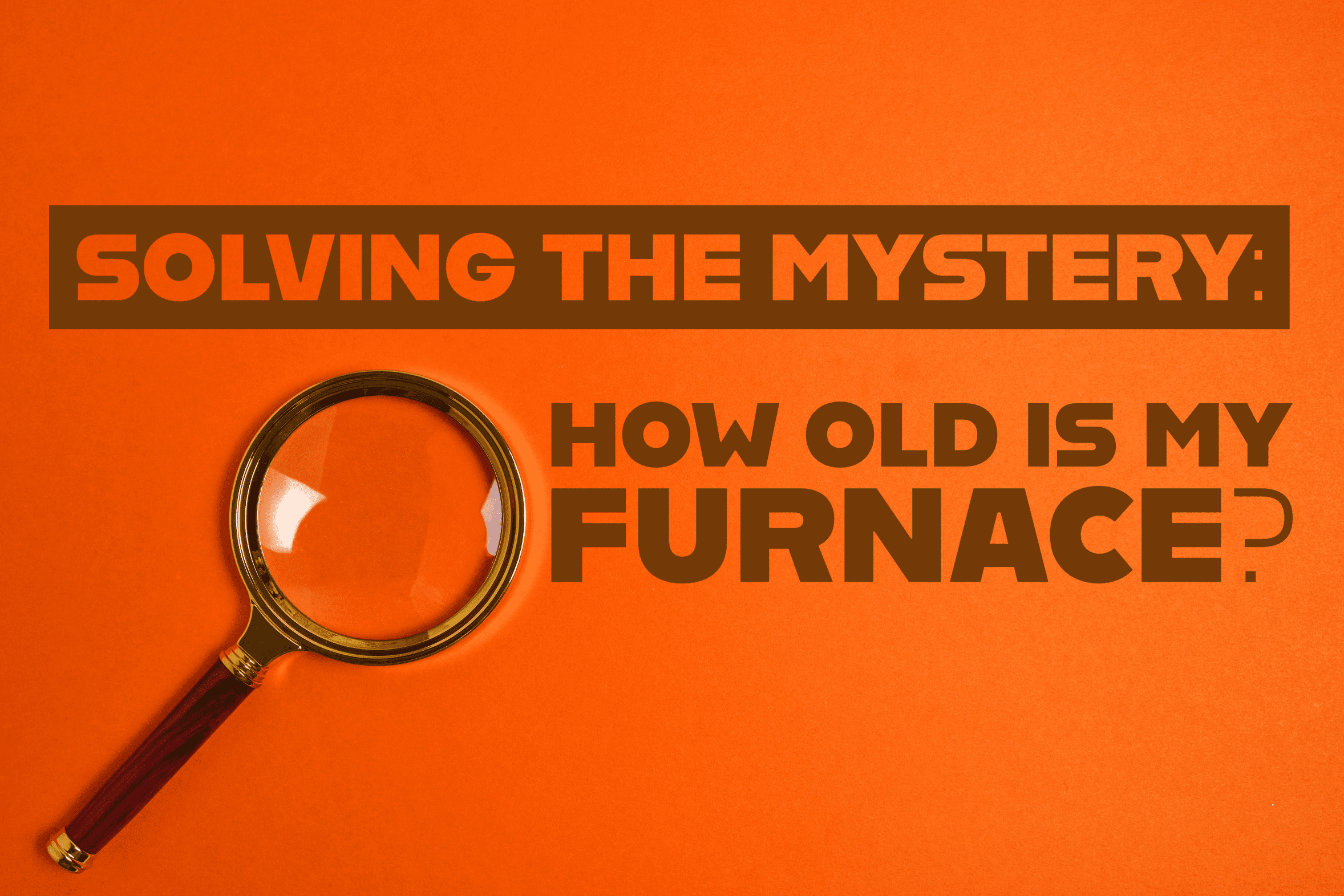Your furnace is the unsung hero, quietly keeping your home warm and cozy during the frigid months. But, like all good things, your furnace has a limited lifespan. Whether you’ve recently moved into a new home or are in charge of a furnace that’s been with you through thick and thin, understanding its age is crucial for homeowners. This knowledge empowers you to proactively manage maintenance, make informed repair decisions, and plan for the future.
In this detailed blog, Springboro Heating & Cooling will walk you through various methods to uncover your furnace’s age.
Why Knowing Your Furnace’s Age Matters
Understanding your furnace’s age is more than just a fun fact; it’s essential for several reasons, all contributing to your heating system’s overall efficiency and durability:
- Maintenance: Keeping your furnace running efficiently is a must during the colder months. So, when you schedule your regular maintenance checks, it’s beneficial for the HVAC technician to know the approximate age of your heating unit beforehand.
- Repair: When your furnace runs into any type of issue, knowing its age helps you decide whether repairing or investing in a new unit is the more cost-effective solution.
- Replacement: Most furnaces have a lifespan of around 15 to 20 years. Therefore, if your furnace is approaching or has crossed this threshold, it’s wise to start planning for a replacement to avoid sudden disruptions.
- Warranty: Furnaces often come with manufacturer warranties that have specific timeframes. Knowing your furnace’s age helps determine if your warranty is still effective.
Cracking the Age Code: Owner’s Manual
The first step in unveiling your furnace’s age is to dig out the owner’s manual. This trusty handbook usually contains information about installation and manufacturing dates, offering a reliable estimate of your furnace’s age. If you’ve kept your owner’s manual, look in the introductory section or a dedicated “Specifications” page for this valuable information.
Deciphering the Clues: Manufacturer’s Label
If your owner’s manual is nowhere to be found or doesn’t have the necessary details, don’t fret. You can find answers by inspecting the manufacturer’s label, typically affixed to your furnace. Look inside the furnace cabinet or along the unit’s side to locate this label, which holds essential information like the model number, serial number, and manufacturing date. To decode the manufacturing date from the serial number, be aware that different manufacturers may use diverse coding systems. Some manufacturers opt for a simpler format, such as “MFG Date: MM/YYYY.”
Direct Lines of Communication: Contacting the Manufacturer
If the serial number or manufacturer’s label leaves you puzzled and you haven’t quite found the information you need, your next move should be to try reaching out to the manufacturer directly. Keep in mind that most reputable furnace manufacturers maintain dedicated customer service and support teams that are well-prepared to assist you.
Expert Guidance: Consult an HVAC Technician
Lastly, consider consulting an HVAC technician. During routine seasonal furnace check-ups, an HVAC professional can swiftly identify the manufacturing date while providing valuable information about your furnace’s condition and expected lifespan. Remember, consistent seasonal checks are a smart strategy to keep your furnace in shape!
In Conclusion
Don’t let your furnace’s age be a mystery. Take these steps now to stay in control of your heating system’s future, ensuring your home remains warm and comfortable during the coldest months.
For personalized guidance and heating and cooling support, we invite you to contact Springboro Heating & Cooling for all your HVAC needs at (937) 600-6834 or schedule an appointment online by clicking here!







